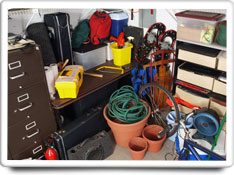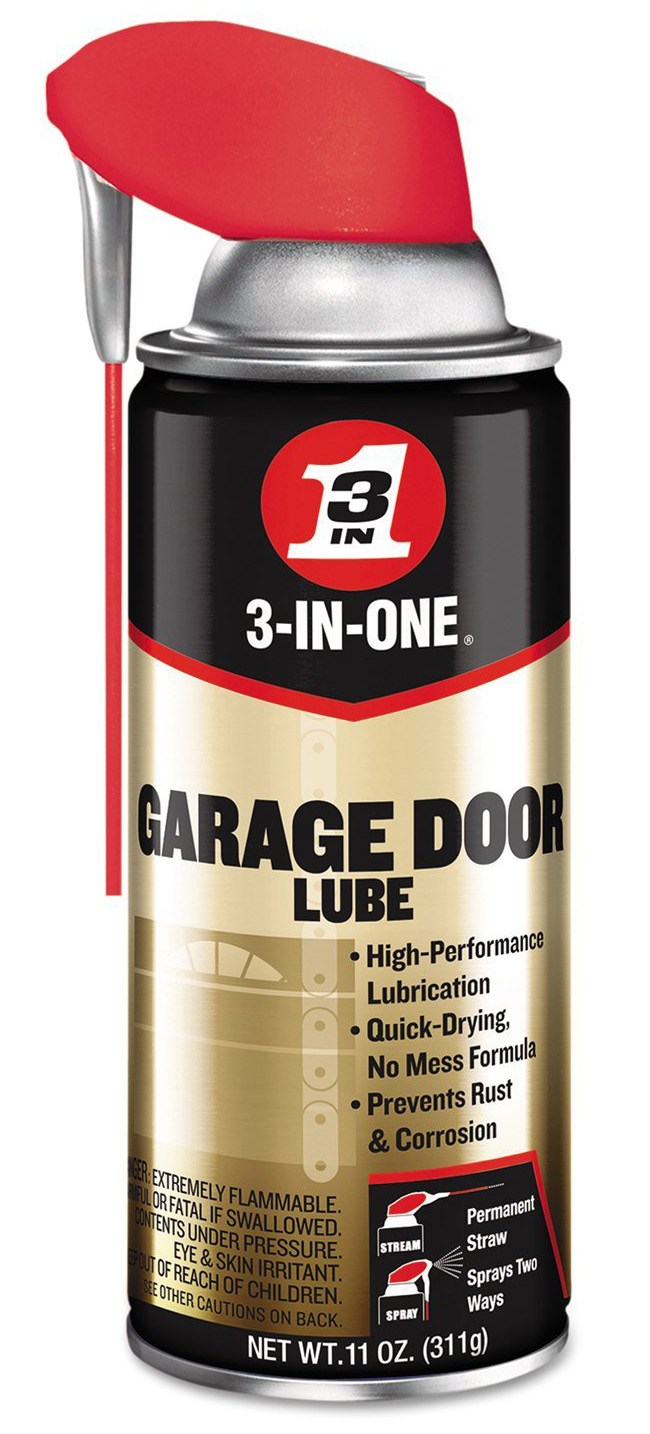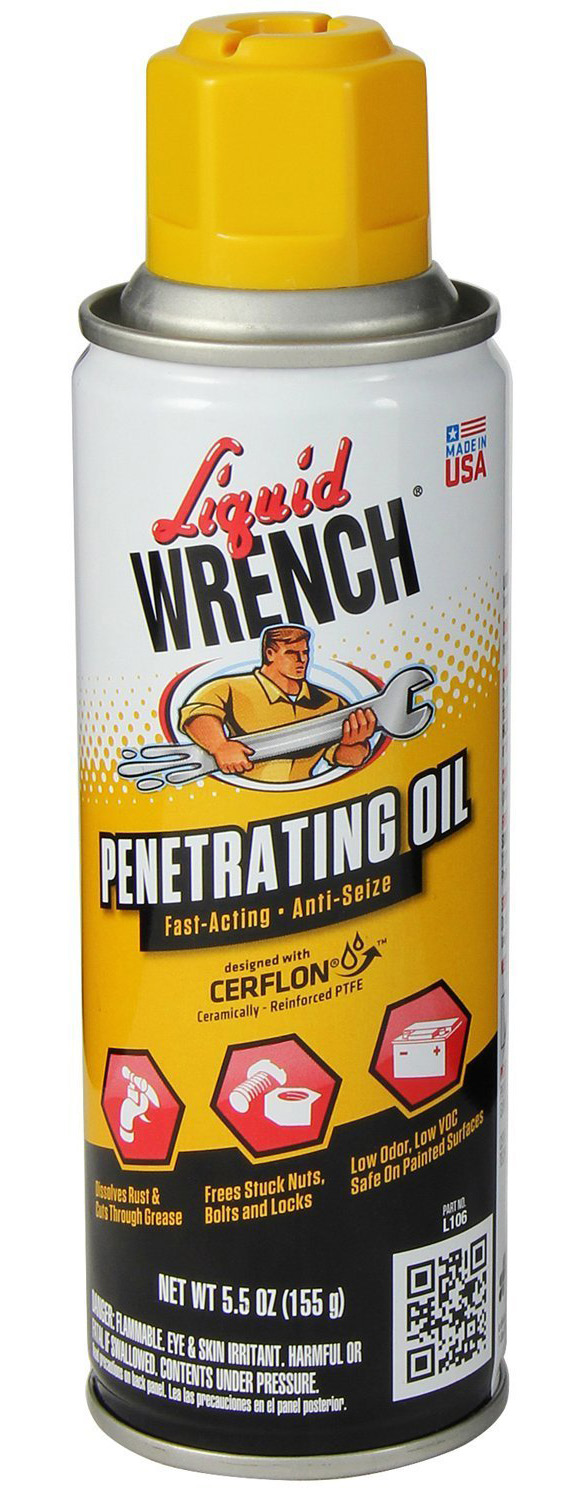Garage
Routine Care Task
Lubricate and inspect garage door
Lack of lubrication puts additional strain on the garage door leading to premature failure.
For attached garages, poor weather-stripping or leaky windows cause heat losses which increase energy costs.
Priority
Timing: April (yearly)
NOTE: The tasks and timings shown here for your Garage are based on a single-family home located in Massachusetts with a default set of home care goals and priorities.
If you setup your POLICY-Wizard™ personal home manager for a different location with different home care goals, your recommended home care program can have different tasks and timings for your {home feature}.
How To

Garage door maintenance consists of the following:
Clean the tracks, rollers and hinges. Since oiled tracks collect dirt, clean the tracks, rollers, and hinges with a rag dampened in paint thinner.
With the door in the down position, apply penetrating oil to the tracks, rollers and hinges. Wipe away any excess oil with a paper towel or rag.
Inspect bolts and screw to ensure all are properly tightened and secured.
Check the mechanical components (chains, pulleys, rollers, hinges, etc.) for signs of excessive wear.
Check for loose putty around windows.
Inspect weather-stripping at the bottom of the door to ensure it makes a tight seal when the door is closed.
Note: Garage door springs are under great tension. Use extreme caution.
Helpful Accessories

Ensures smooth operation of garage doors
consumer reviews, choices, prices
Benefits
The benefits of this task are extending the useful lives of your garage doors, and energy efficiency.
-

Health & Safety
-

Avoiding Unscheduled Repairs
-

Maintaining Value
-

Senior Safety
Costs
The cost of this task is moderately high from an investment of time standpoint. Depending on the number of garage doors that you have, this task could take several hours to do properly.





